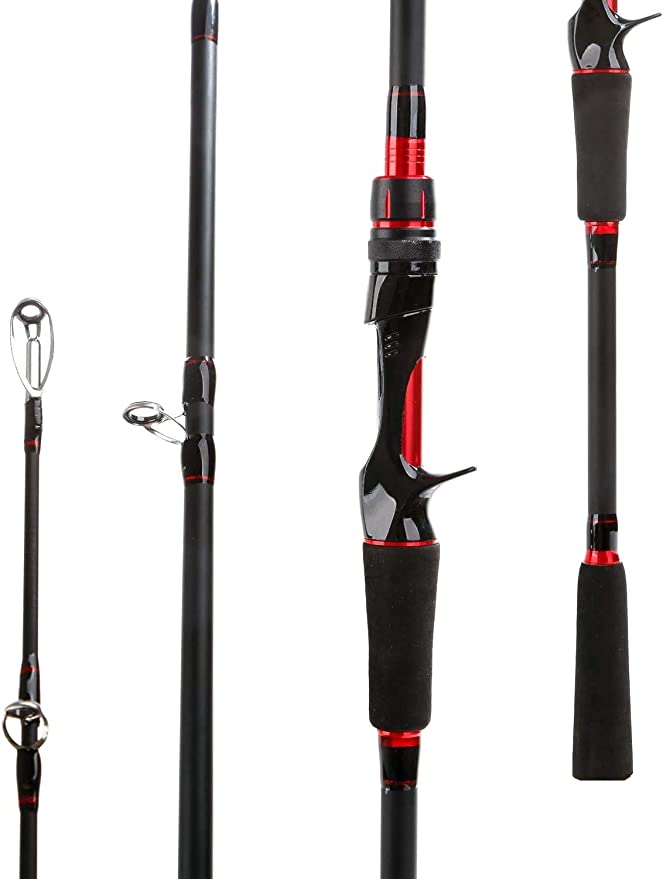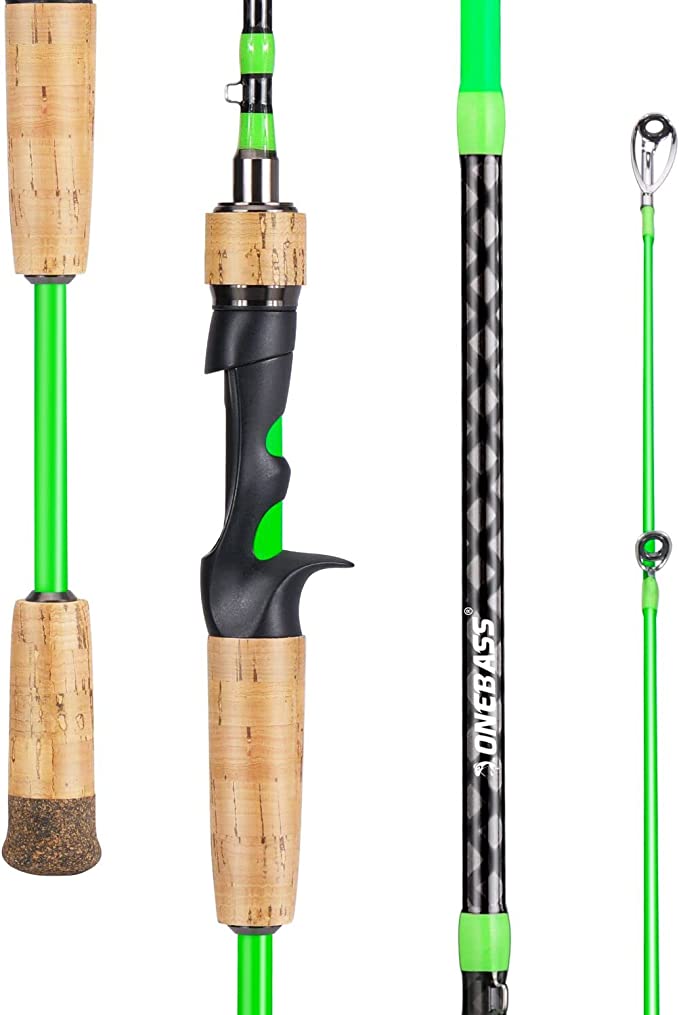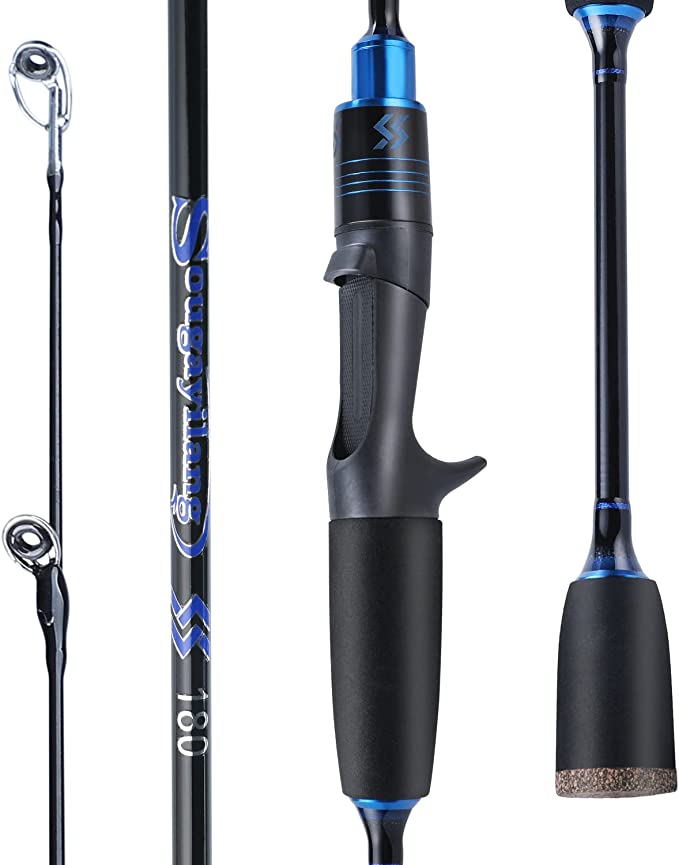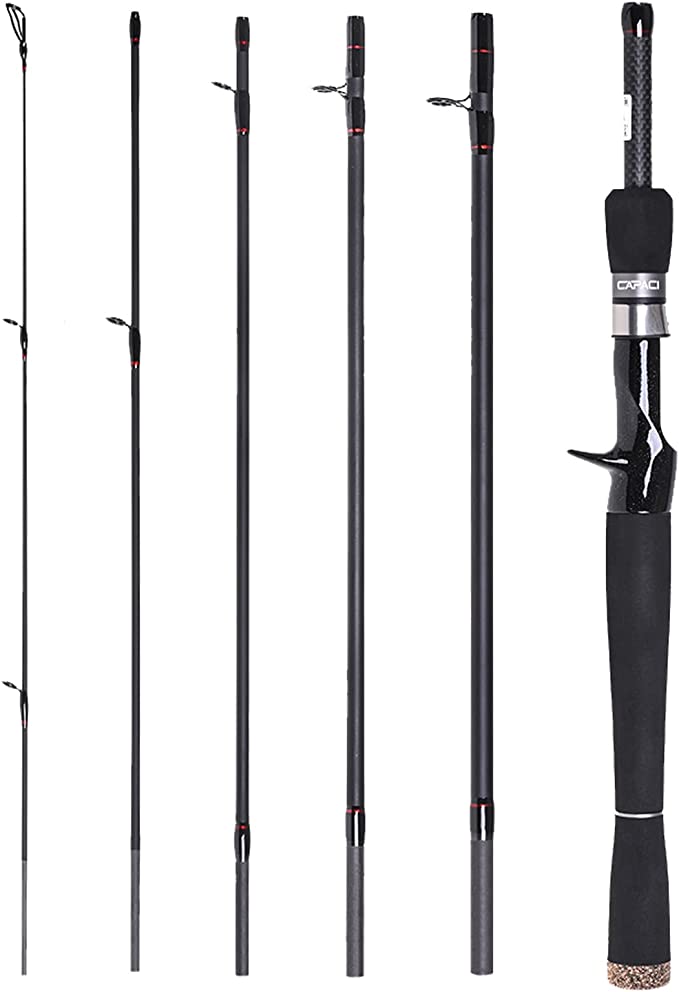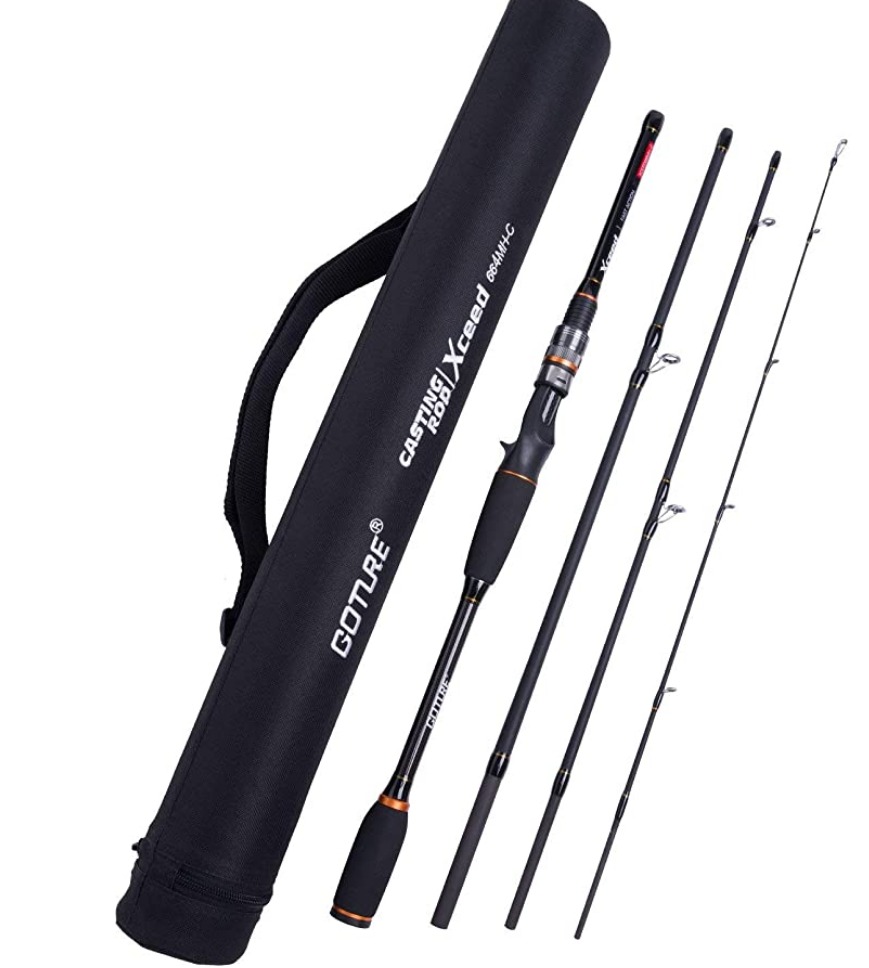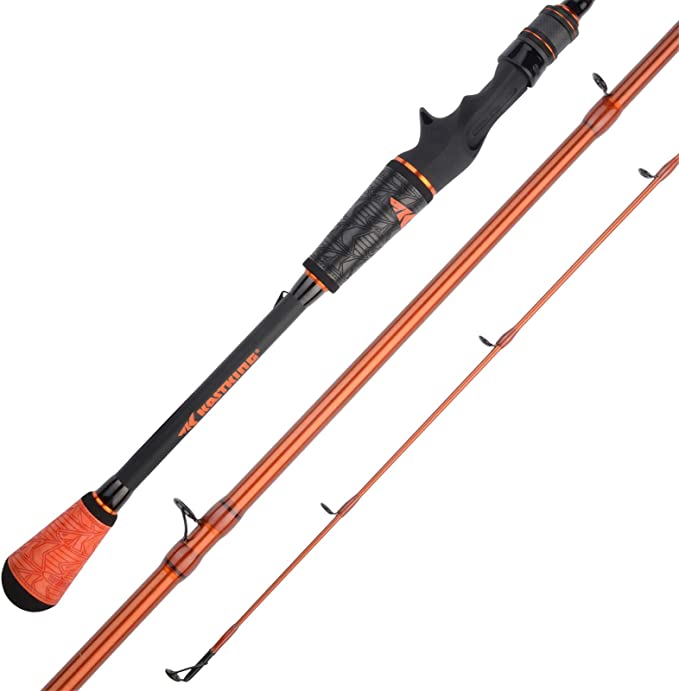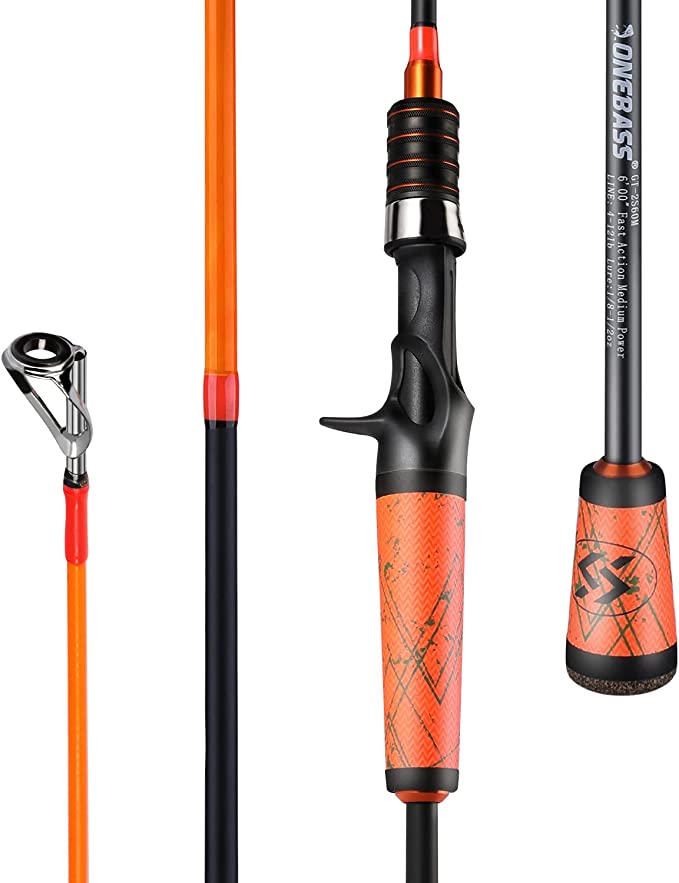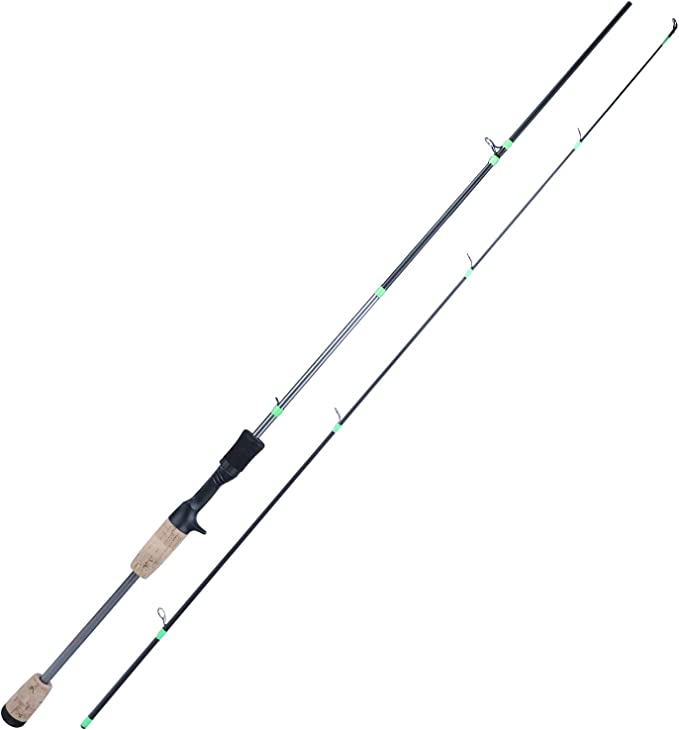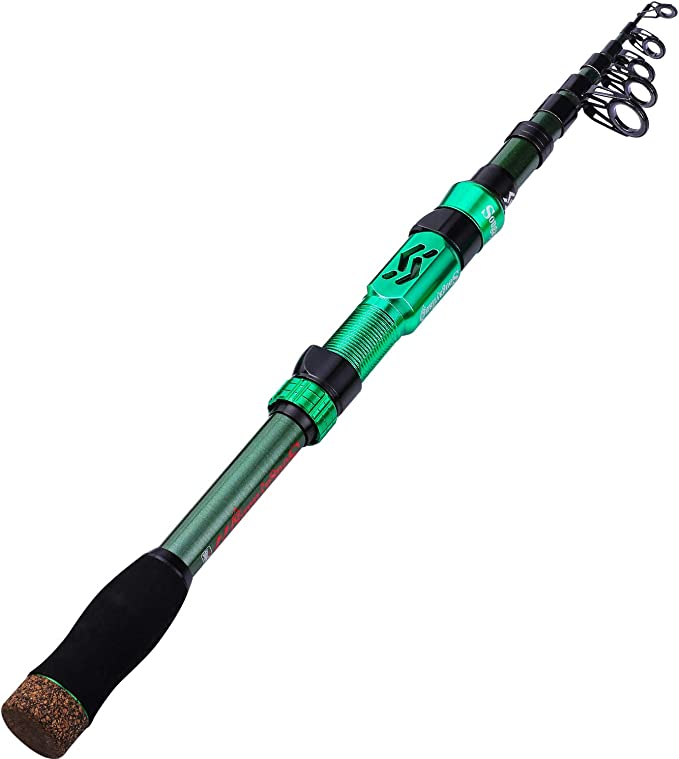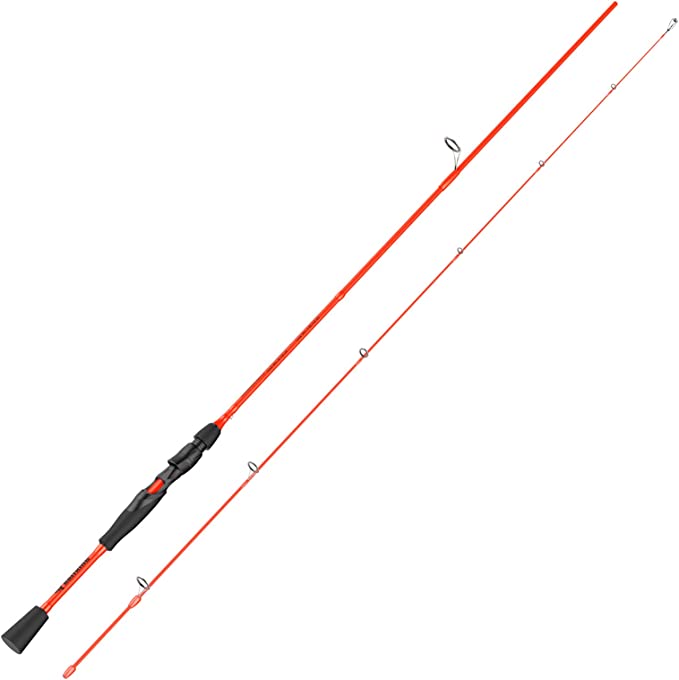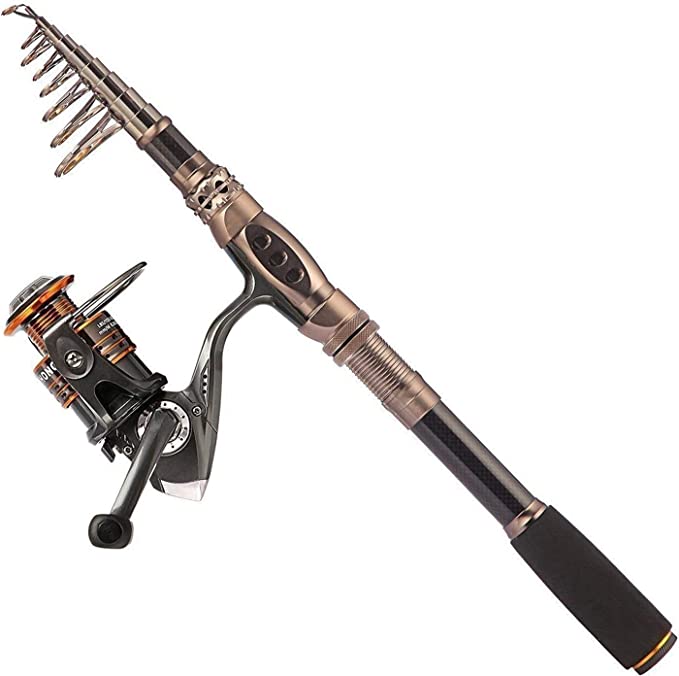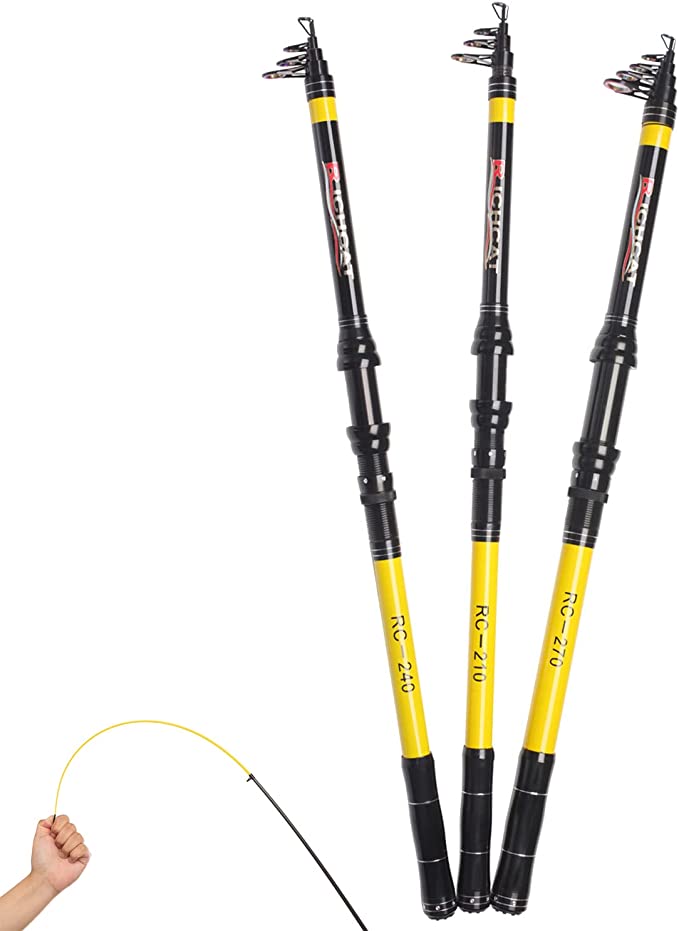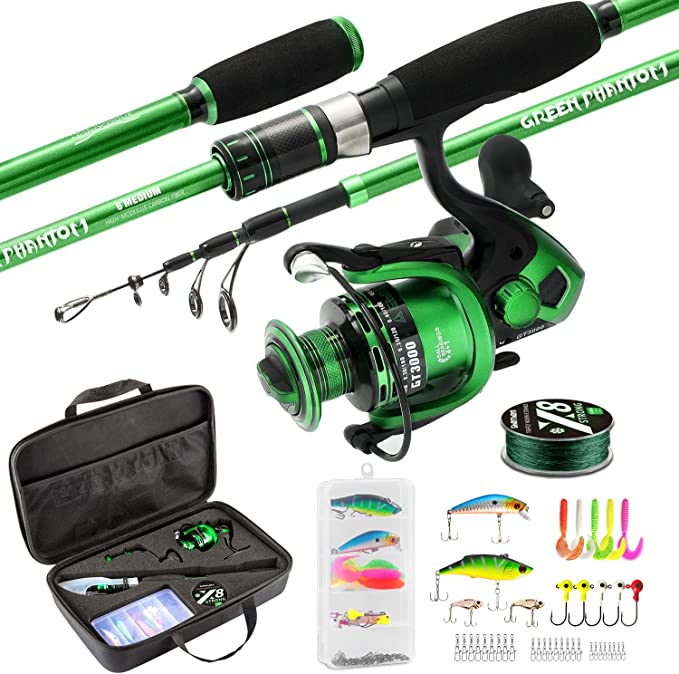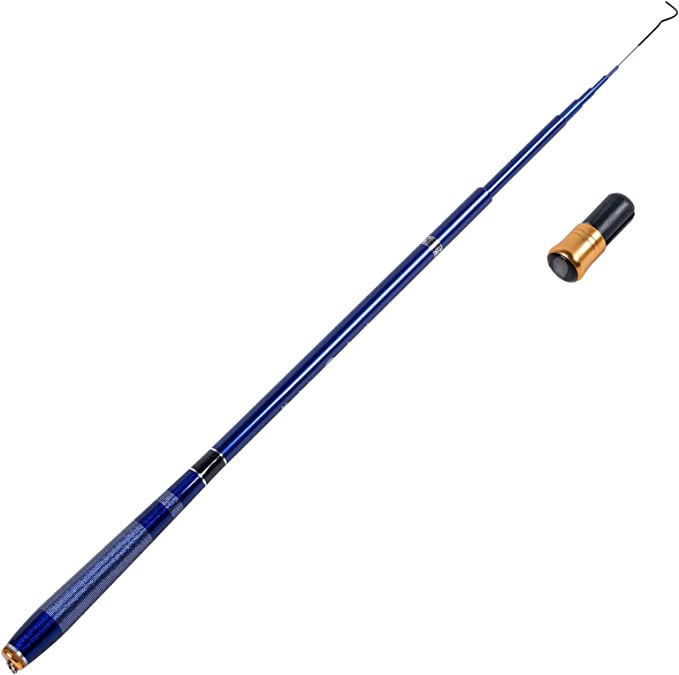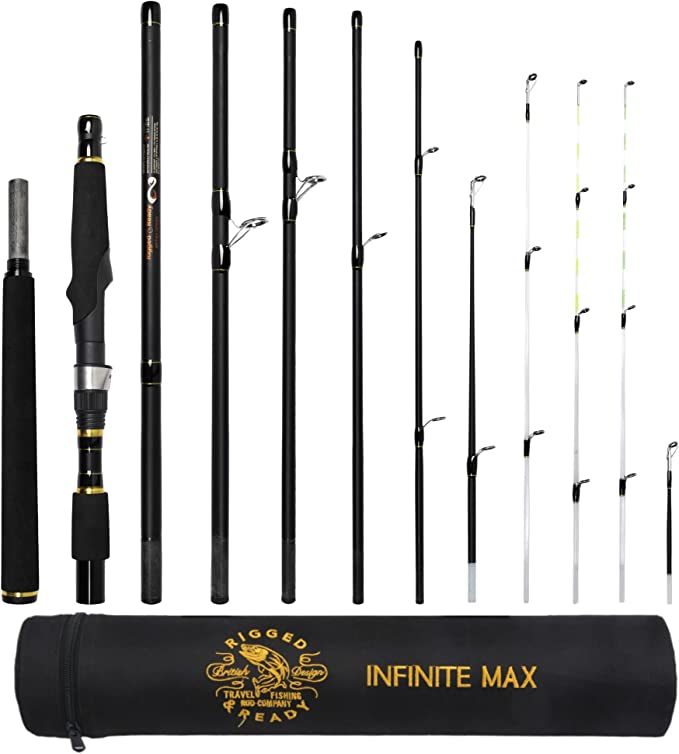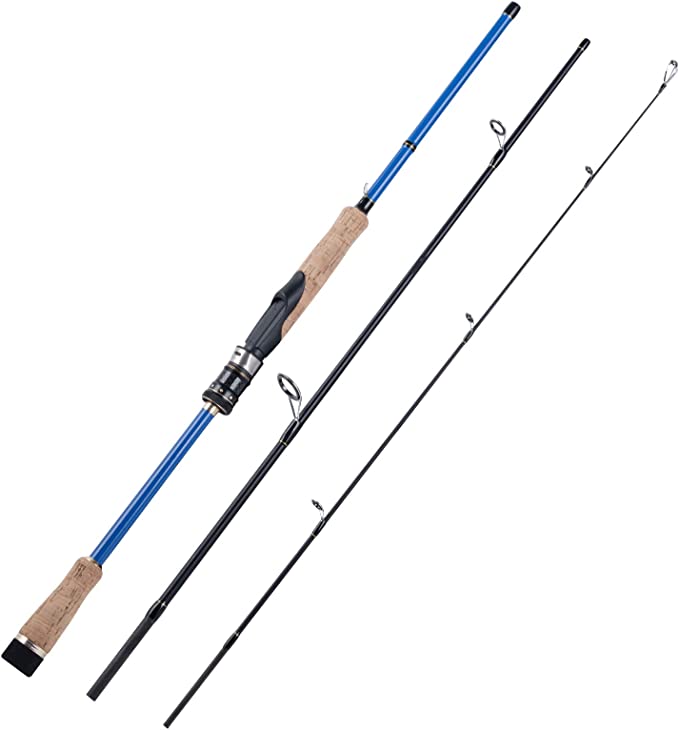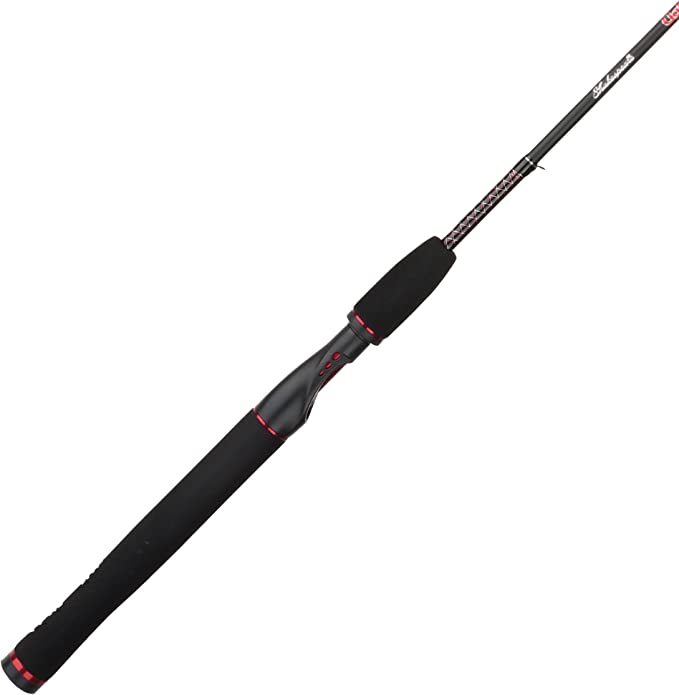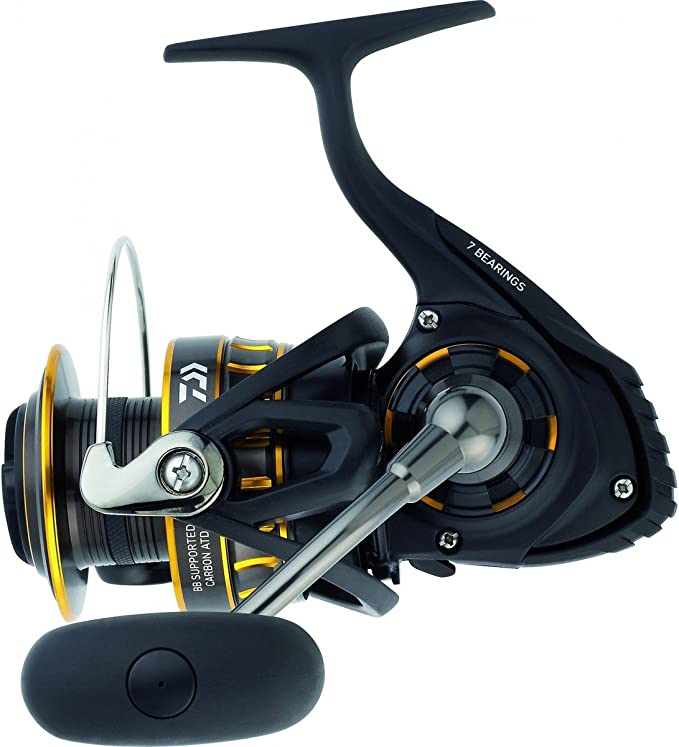From Atom to Angler: The Hidden Science in Your One Bass Carbon Fiber Fishing Rod
Update on Aug. 1, 2025, 1:31 p.m.
It’s a feeling every angler knows. It can be a violent, arm-jolting slam, or something far more ethereal—a faint tick, a subtle change in pressure, a ghostly whisper transmitted from another world. It’s an electric current that shoots from the water, up the line, and into your hands, instantly translating a submerged, unseen event into a conscious thought: fish.
But what is that feeling? We often describe it with poetic flair, but the reality is a beautiful, high-speed event governed not by magic, but by material science and physics. To understand the soul of a modern fishing rod, like the One Bass pole built on a 30 Ton Carbon Fiber blank, we must journey from the water’s edge deep into the atomic structure of the tool itself. It’s a story that begins not with a fish, but with a thread of plastic and the fire of a furnace.
The Alchemist’s Secret: Forging Carbon
The heart of your rod, the carbon fiber, begins its life as something surprisingly mundane: a polymer thread called Polyacrylonitrile (PAN), similar to materials used to make textiles. The transformation of this humble thread into one of the highest-performing materials known to man is a process of intense purification and alignment, a modern alchemy.
First, the PAN fibers are stretched to many times their original length, forcing their long-chain molecules to align in a parallel orientation. This step is critical; it’s the first hint of the organized structure that will later provide immense strength. Then, these aligned fibers are sent into a series of furnaces. In the initial, lower-temperature ovens, they are oxidized, which prevents them from melting in the inferno to come.
The final stage is carbonization, where the fibers are heated to extreme temperatures (upwards of 1,000 to 3,000°C) in an oxygen-free environment. This intense heat burns away almost everything that isn’t a carbon atom—hydrogen, nitrogen, oxygen, all vaporized—leaving behind long, tightly interlocked chains of pure carbon. The result is a fiber that is incredibly strong for its weight, a perfect lattice of atoms born in fire.
Decoding the Language of Stiffness
This brings us to the most prominent, and often misunderstood, feature listed on a high-performance rod: the “30-Ton” rating. This number has nothing to do with how much weight the rod can lift. Instead, “Ton” is an industry shorthand for the material’s tensile modulus—a precise measure of its stiffness.
Imagine two rulers. One is a cheap, flexible plastic ruler, and the other is a stiff steel one. Both can measure an inch, but if you tap the end of each, the vibration will travel far more quickly and clearly through the steel. The steel ruler has a higher modulus. A fishing rod blank is no different. The high modulus of a 30-ton carbon blank makes it an information superhighway. The faint vibrations from a bass mouthing a plastic worm travel through the stiff carbon material with minimal loss of energy, arriving at your hand as a crisp, distinct signal. A less stiff material, like fiberglass, acts more like a soft rope; it dampens and muddles the signal, turning a sharp tick into a vague mush. This is the very essence of rod sensitivity.
Weaving an Armor of Strength
However, a material that is purely stiff has a potential weakness. The carbon fibers, due to their aligned atomic structure, are incredibly strong along their length but more vulnerable to forces from other directions—a property called anisotropy. If a rod were made of fibers all running in a single direction, it would be powerful in a straight pull but could easily splinter or collapse when twisted.
This is where brilliant engineering, like the Fortified Multidirectional Fiber Alignment technology, comes in. Rod manufacturers lay multiple sheets of carbon fiber, each with its fibers oriented at a different angle, around a steel mandrel. One layer might run longitudinally (0 degrees), the next might be at +/- 45 degrees, and another at 90 degrees. When these layers are fused together with an epoxy resin, they create a composite tube whose strength is no longer one-dimensional. This cross-hatching of fibers creates a unified blank that can resist the complex forces of casting, fighting a fish, and pulling free from a snag. It is, in effect, a woven suit of armor, providing the brute strength to complement the blank’s sensitivity.
A Symphony of Sensation
While the blank is the heart of the rod, its performance is realized through a symphony of well-coordinated components. The rod is a system designed to channel information. An exposed-blank reel seat is not just a stylistic choice; it’s a design that turns your hand into a primary receptor. It allows your fingertips to rest directly on the “information superhighway,” bypassing any insulating material. It is the rod’s most sensitive nerve ending.
The guides, light and durable, are the silent servants of this system. Their job is to manage the line with minimal friction while adding as little weight as possible, ensuring they don’t dampen the blank’s inherent vibrations or upset its balance. Even the Ethylene Vinyl Acetate (EVA) grip plays a crucial role. This resilient, non-slip foam provides a comfortable and secure hold, but its split-grip design also reduces overall weight and helps to transmit some of the larger, lower-frequency vibrations from the butt of the rod into your forearm.
The Strike, Re-Examined
Now, let’s return to that electric moment on the water. With this new understanding, we can see it for what it truly is. The subtle pressure of a fish’s mouth on the lure creates a high-frequency vibration. This wave travels almost instantaneously up the low-stretch fishing line and strikes the rod tip. Instead of dying out, it enters the high-modulus carbon superhighway. It races down the engineered blank, its signal preserved and amplified by the material’s stiffness, and arrives at the exposed reel seat, a direct data port to your nervous system. That tick you feel is the final, tangible output of a remarkable journey through applied physics.
The modern fishing rod, therefore, is far more than a simple stick. It is a precision instrument of perception, an elegant piece of technology that borrows its principles from the aerospace industry and perfects them for the pursuit of a fish. To understand the science hidden within it is to gain a deeper appreciation for every cast, every retrieve, and every electrifying strike that connects our world to the one beneath the water.
